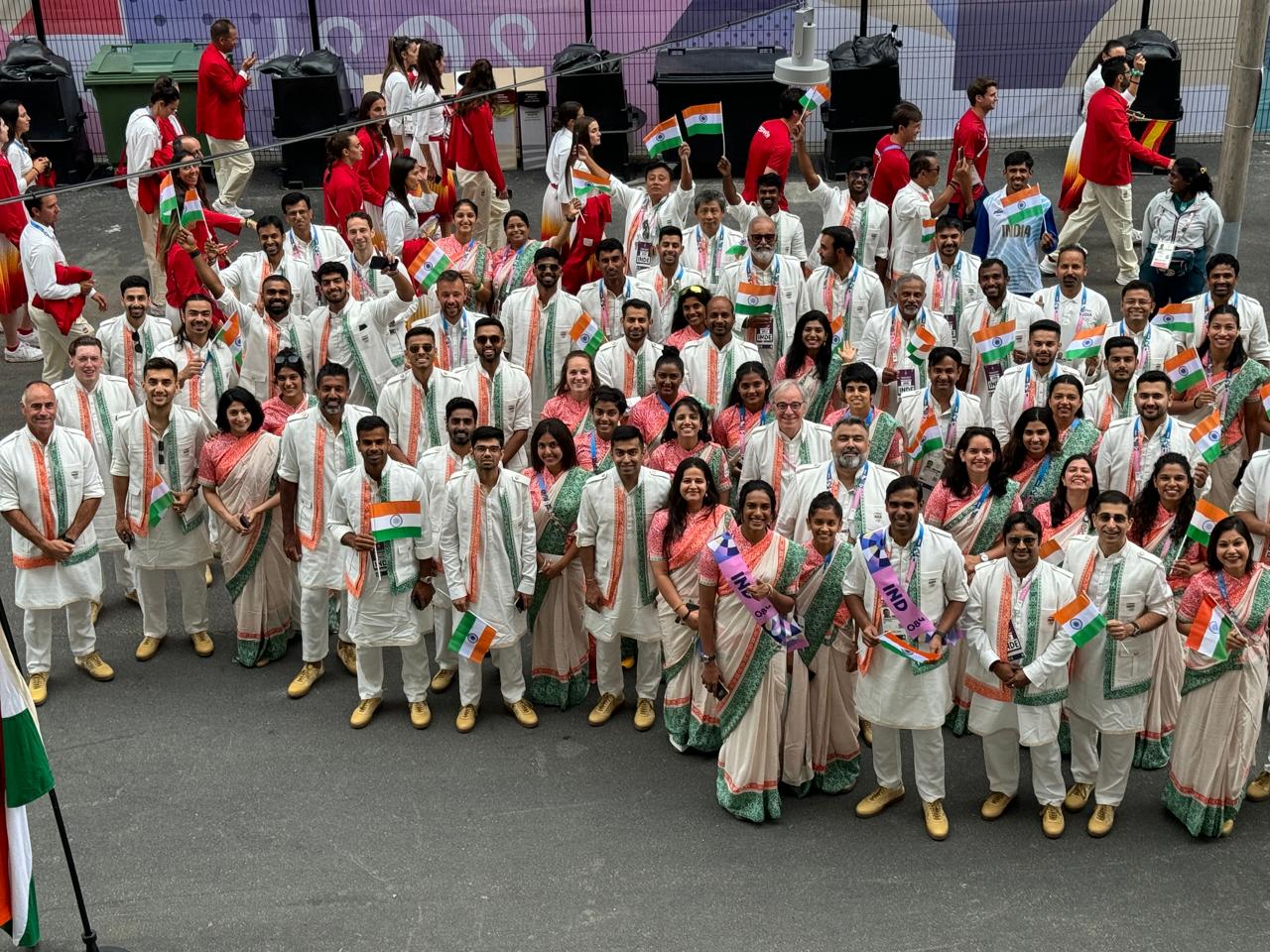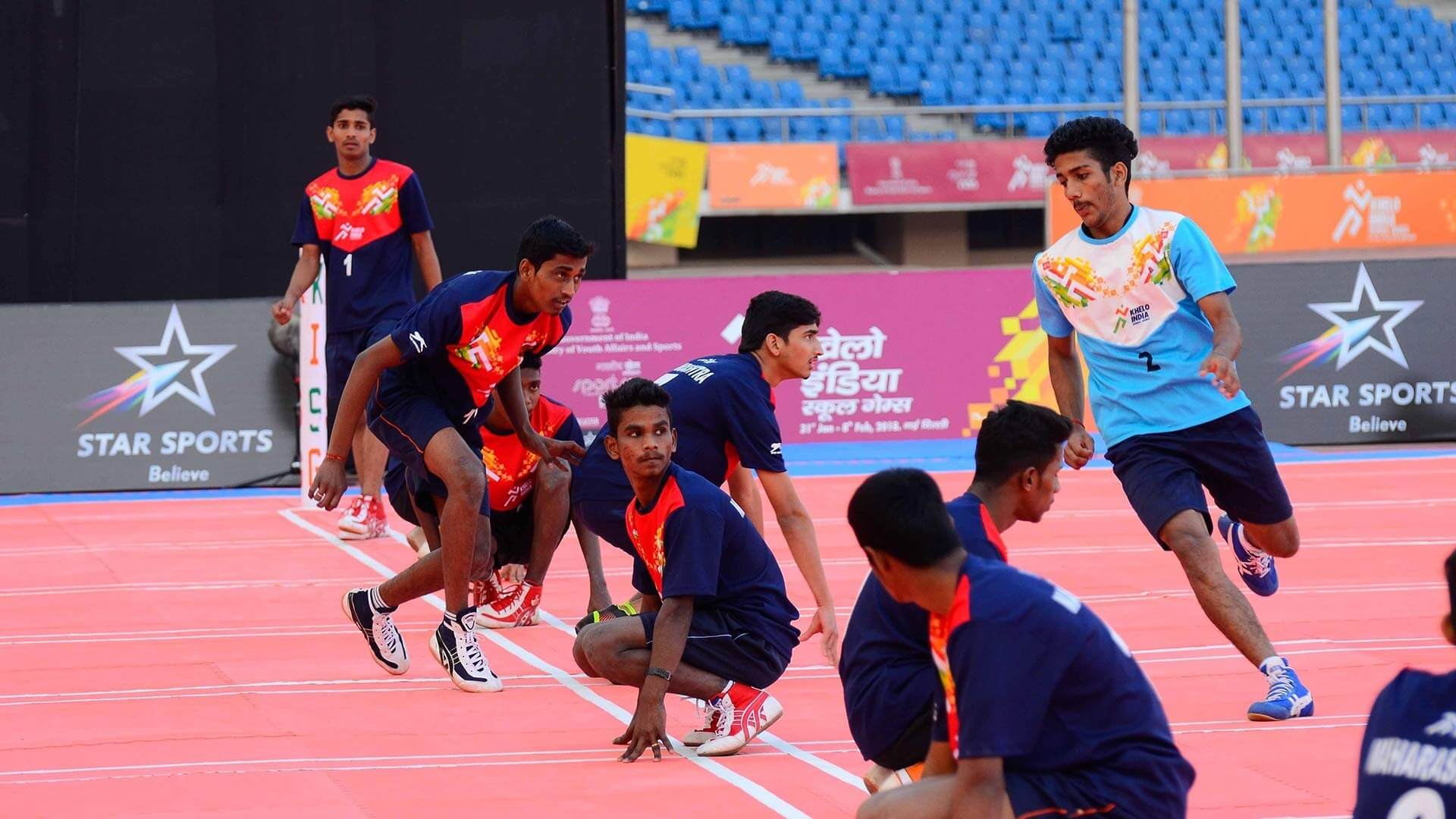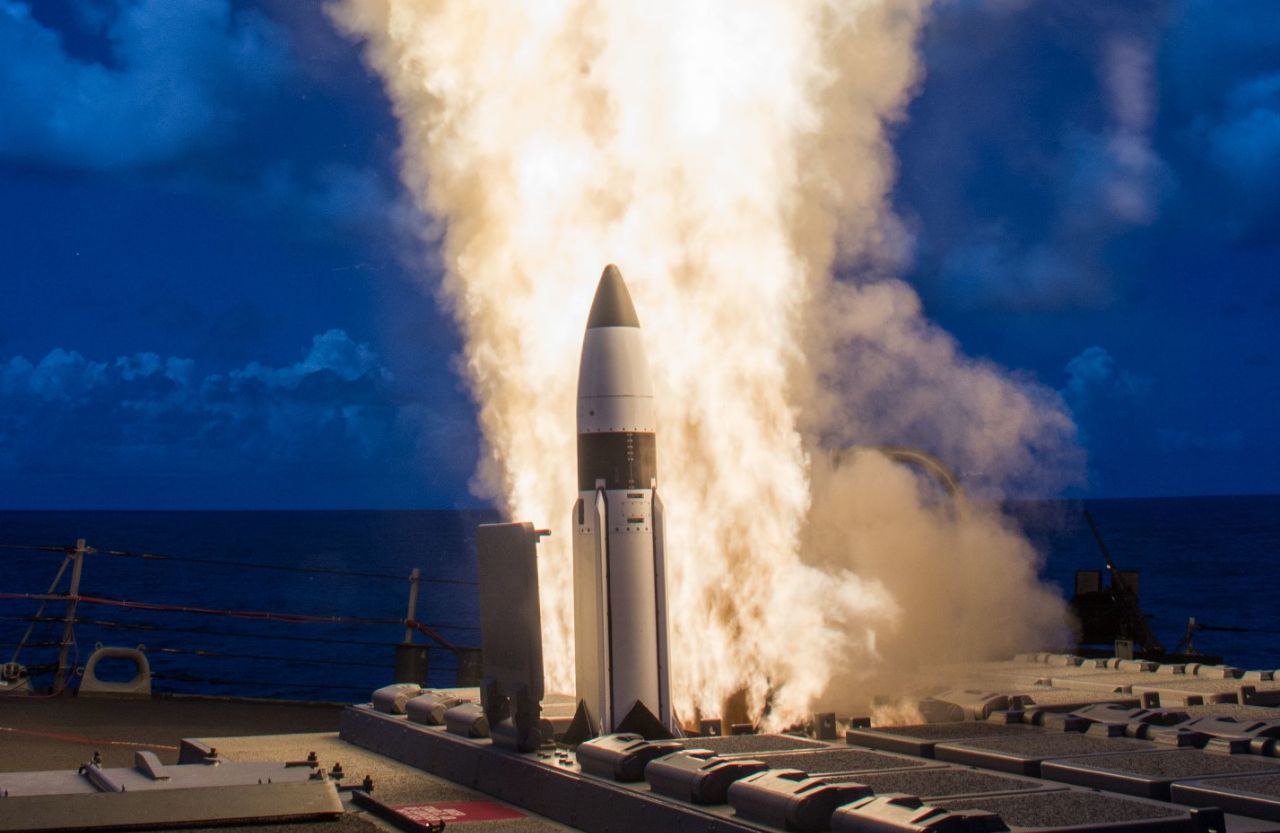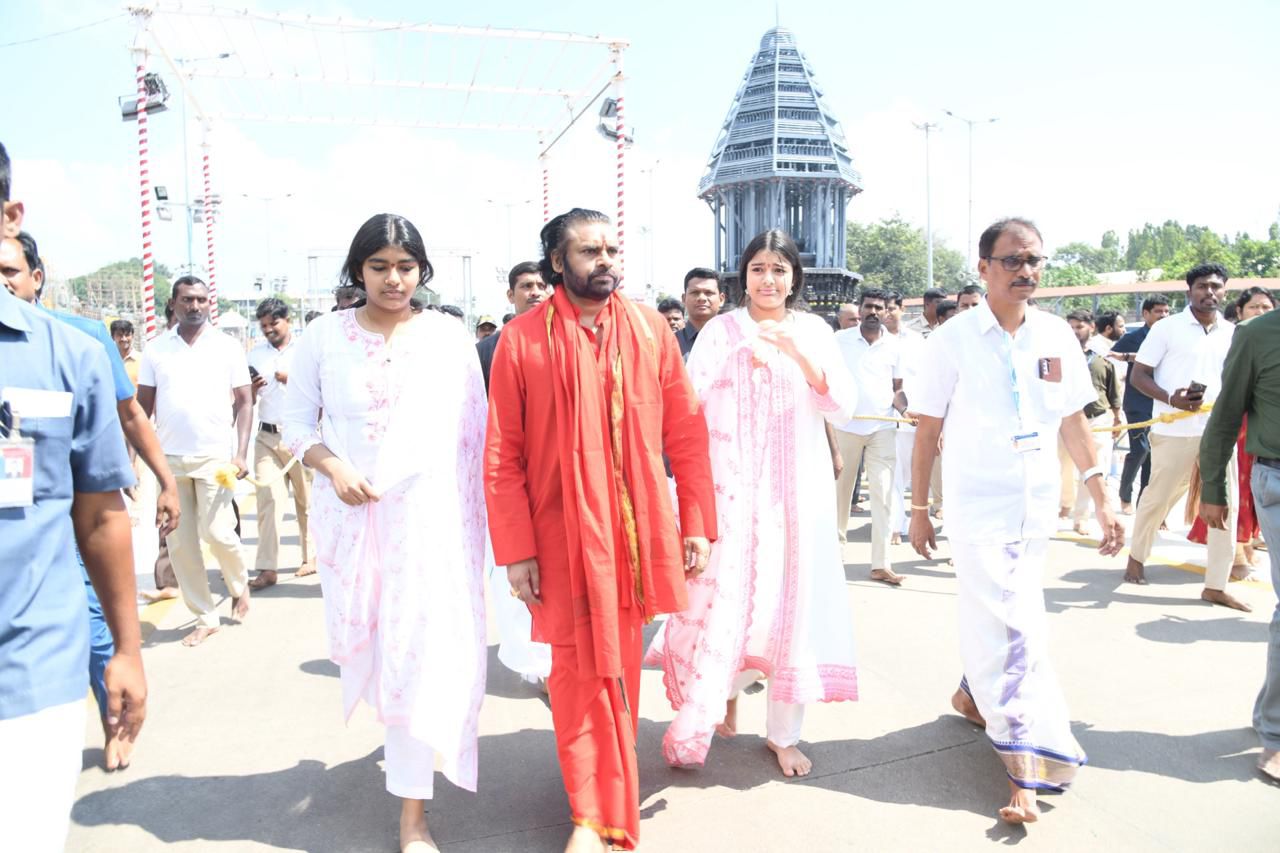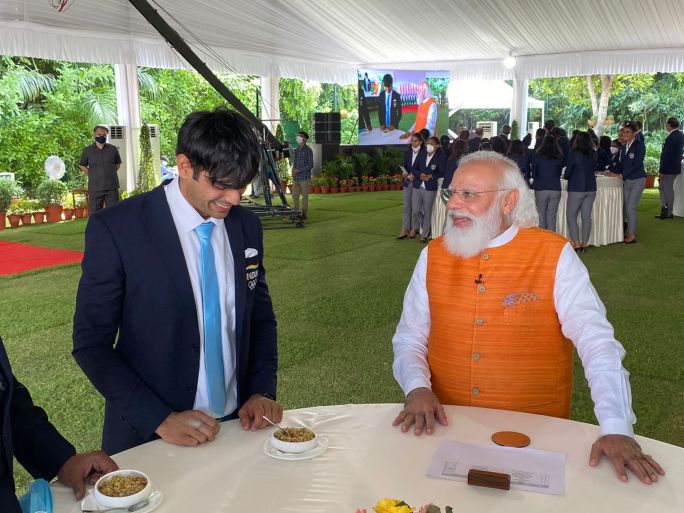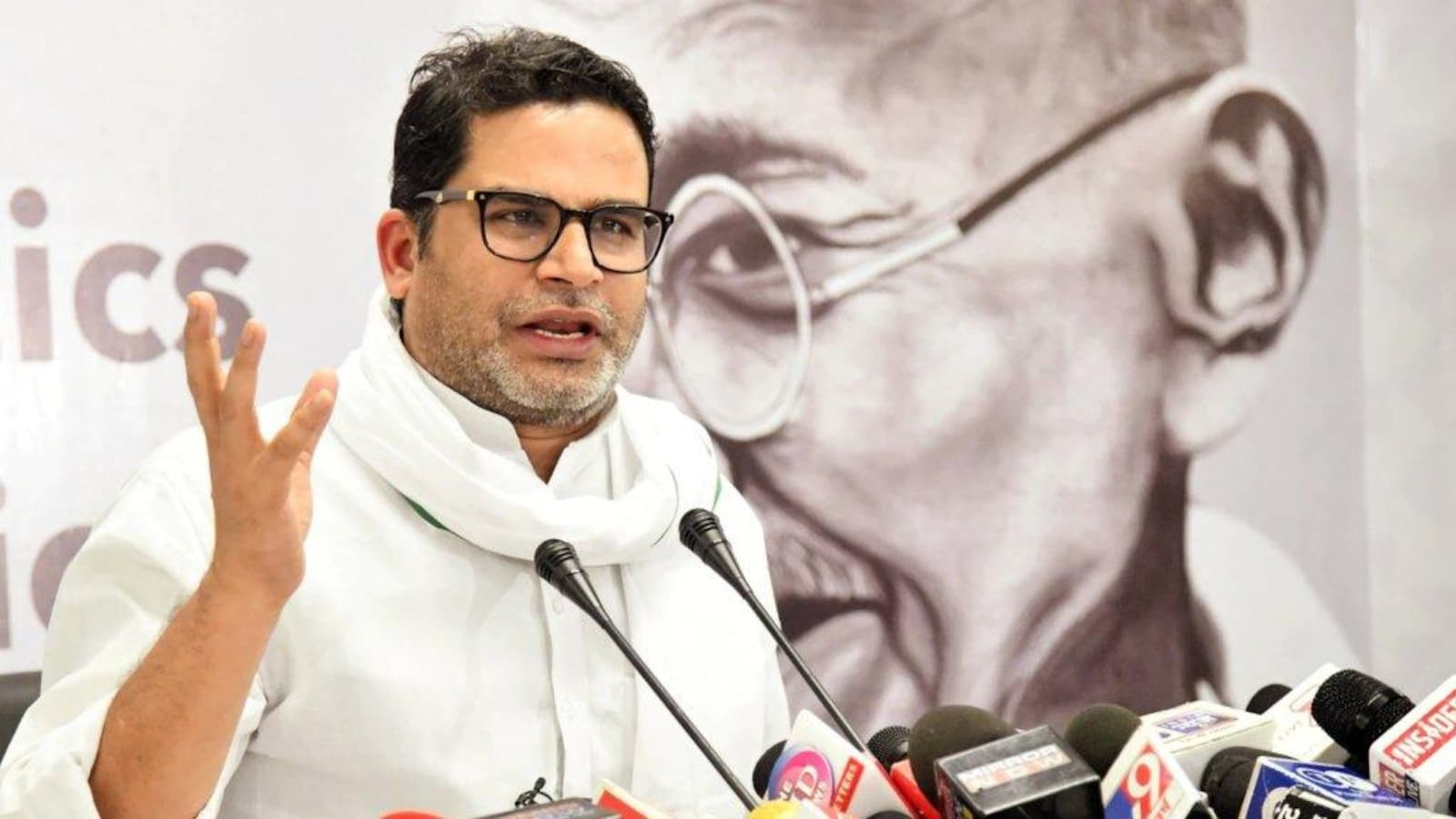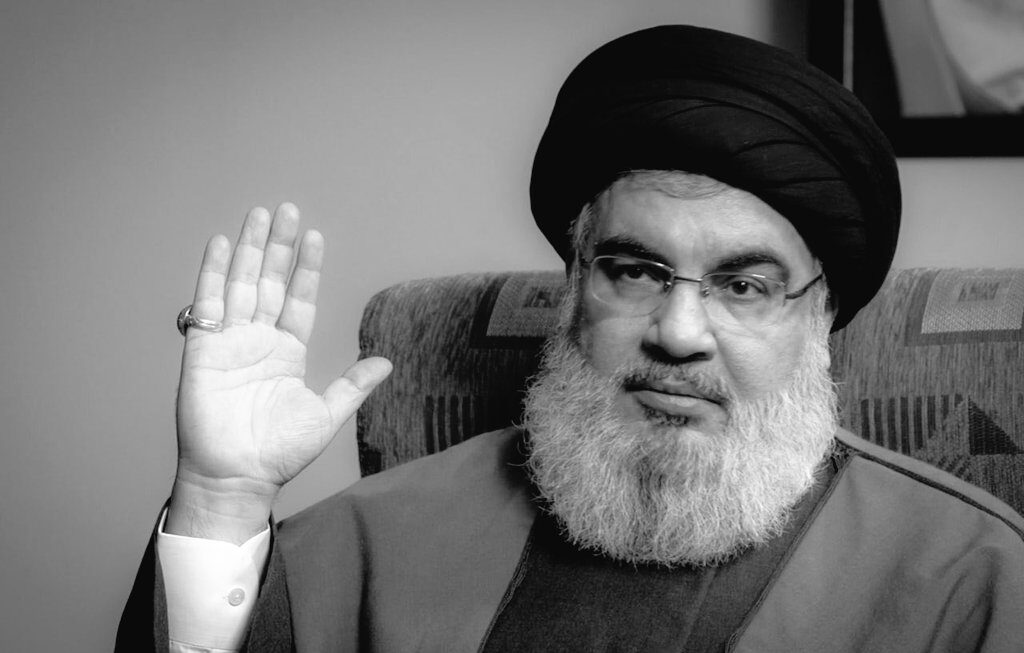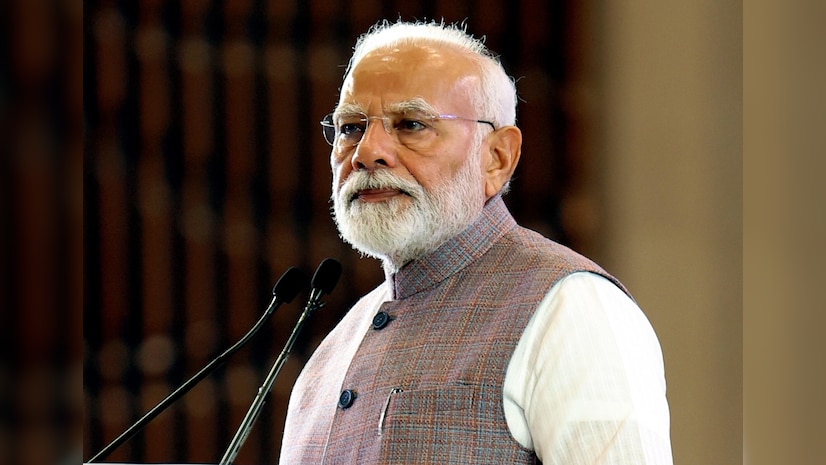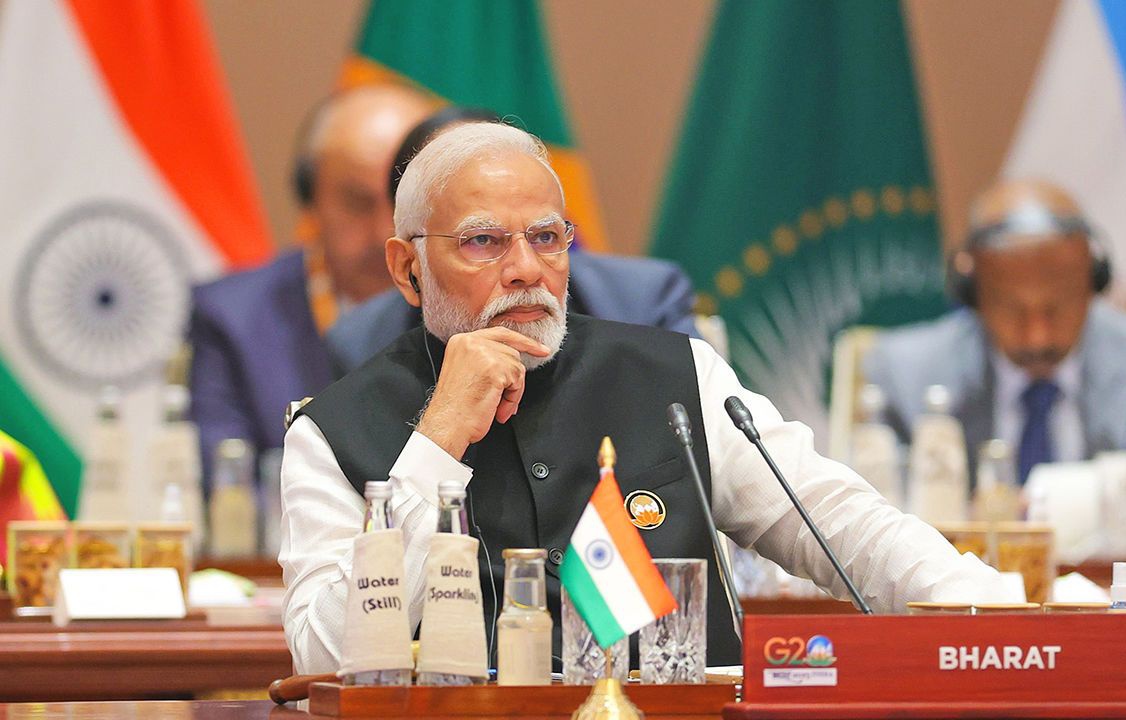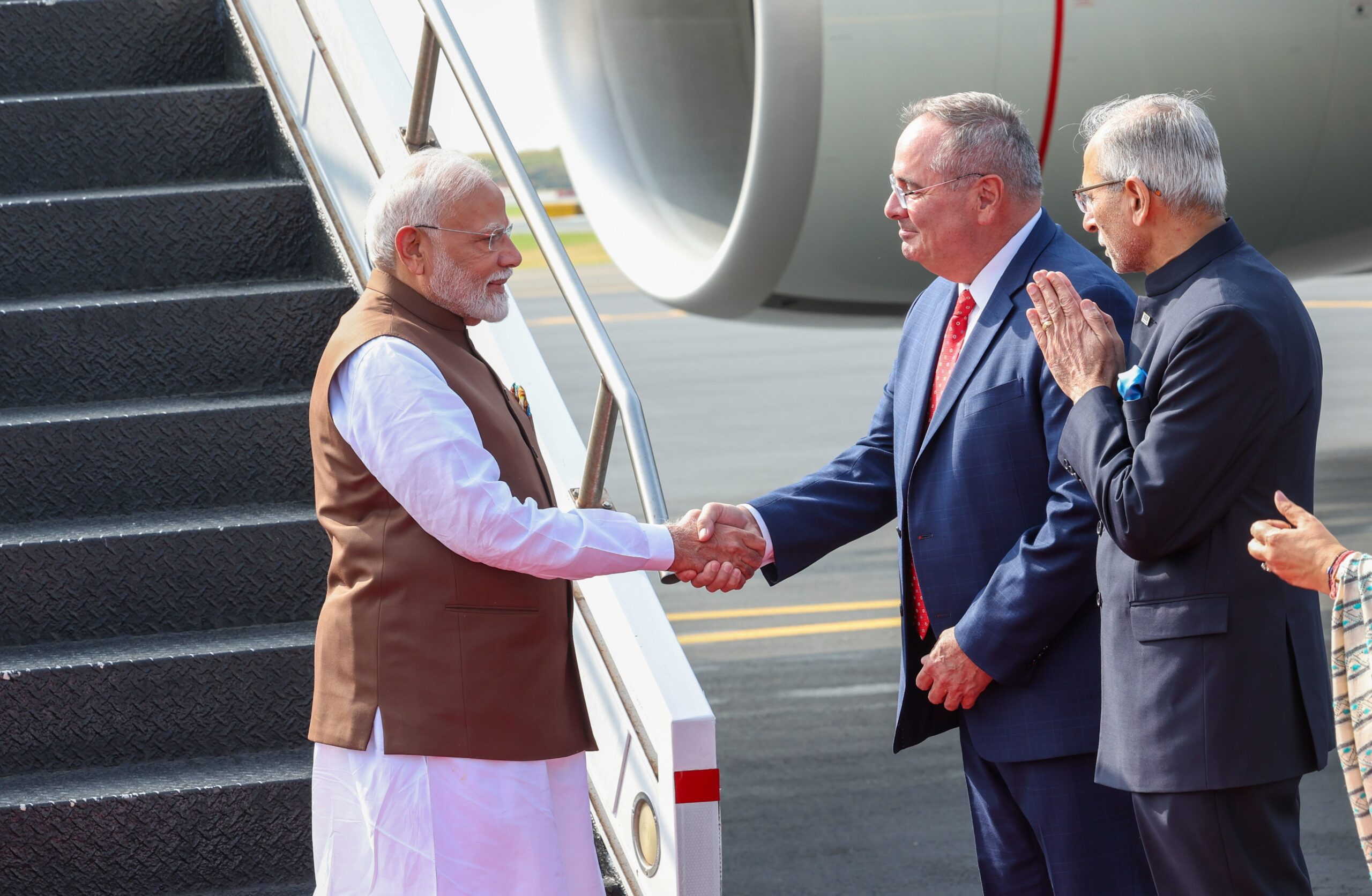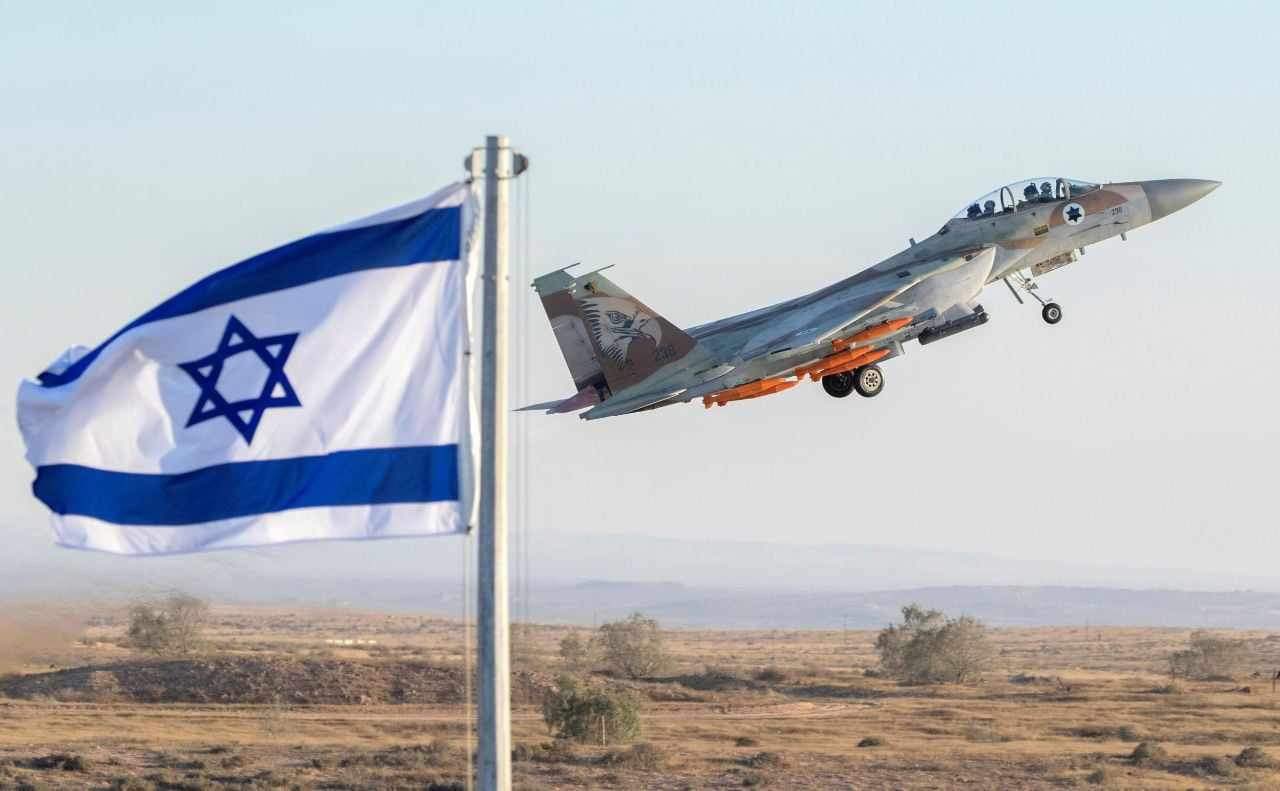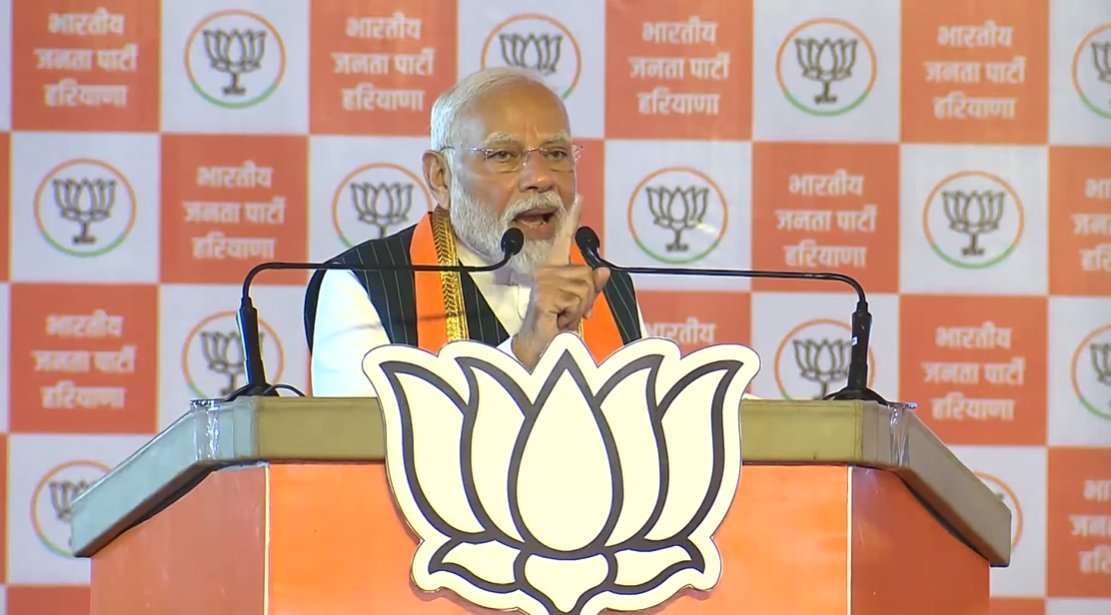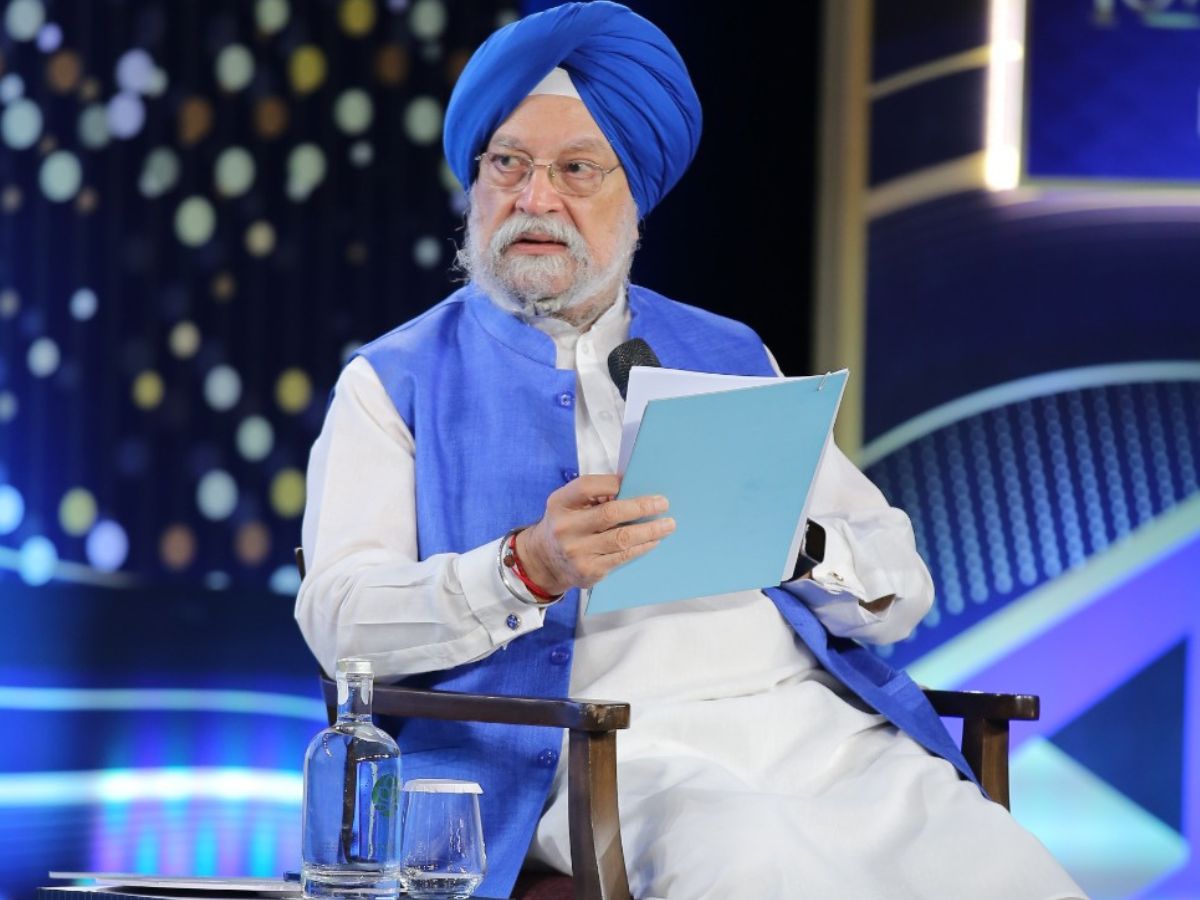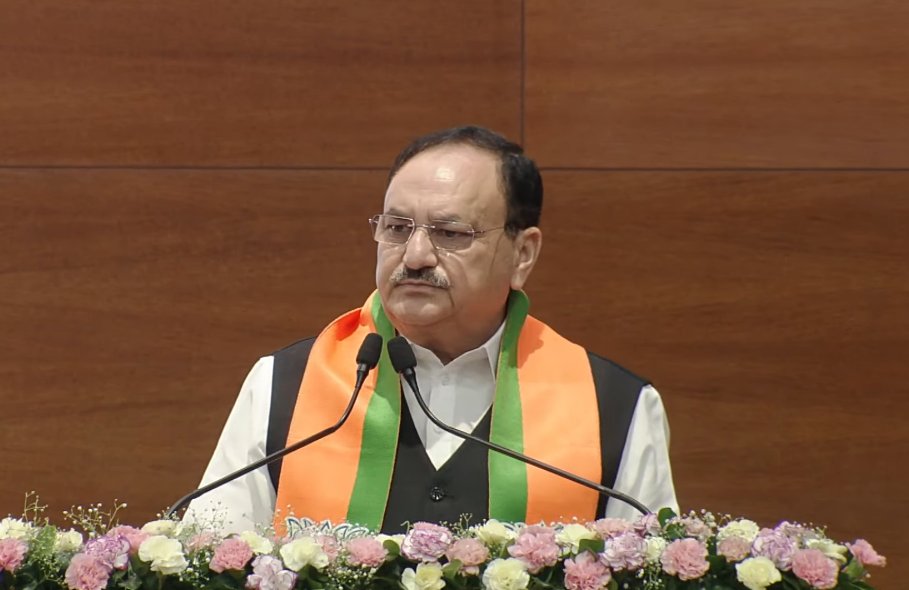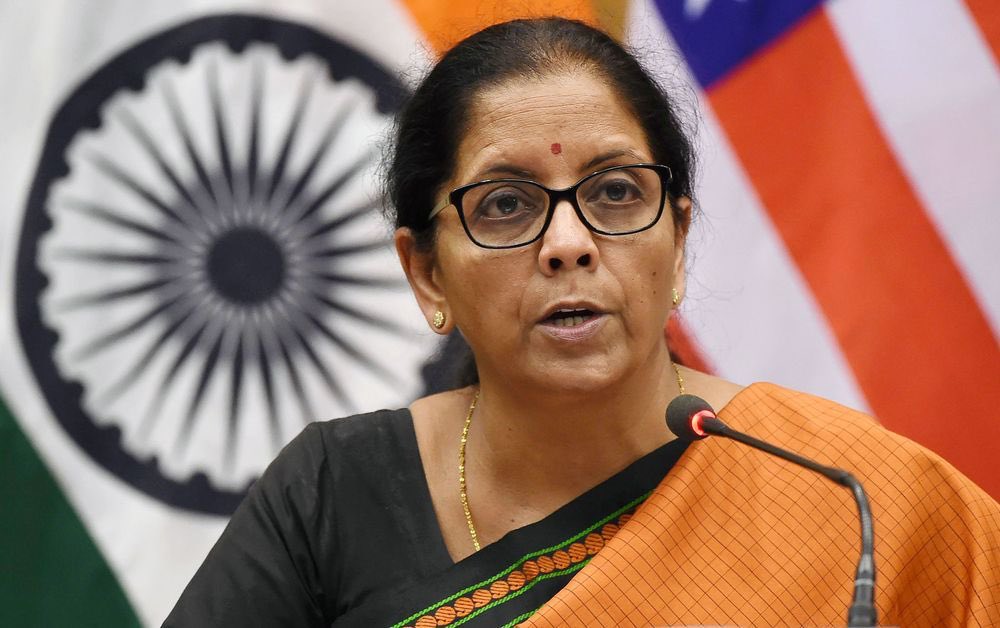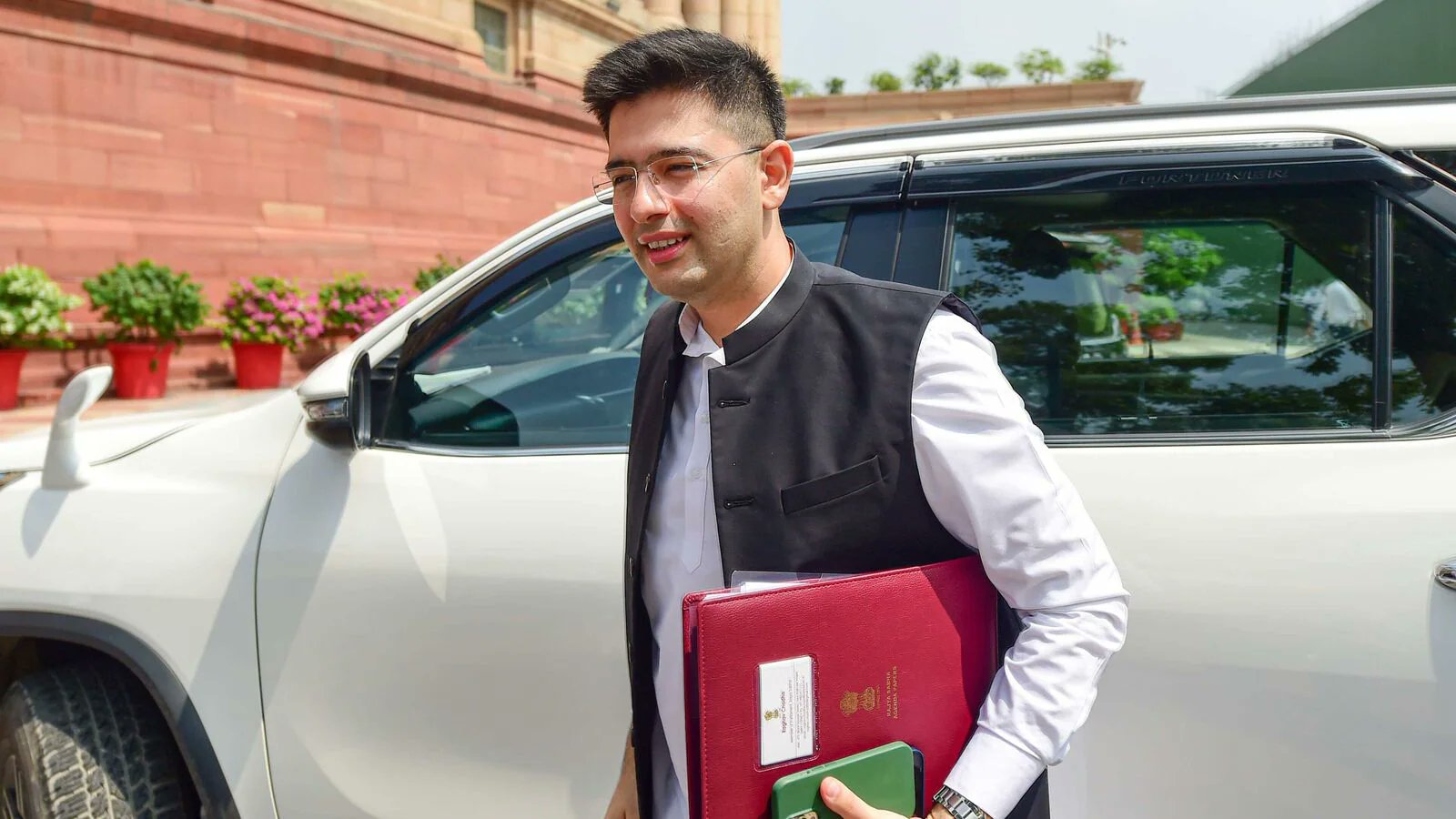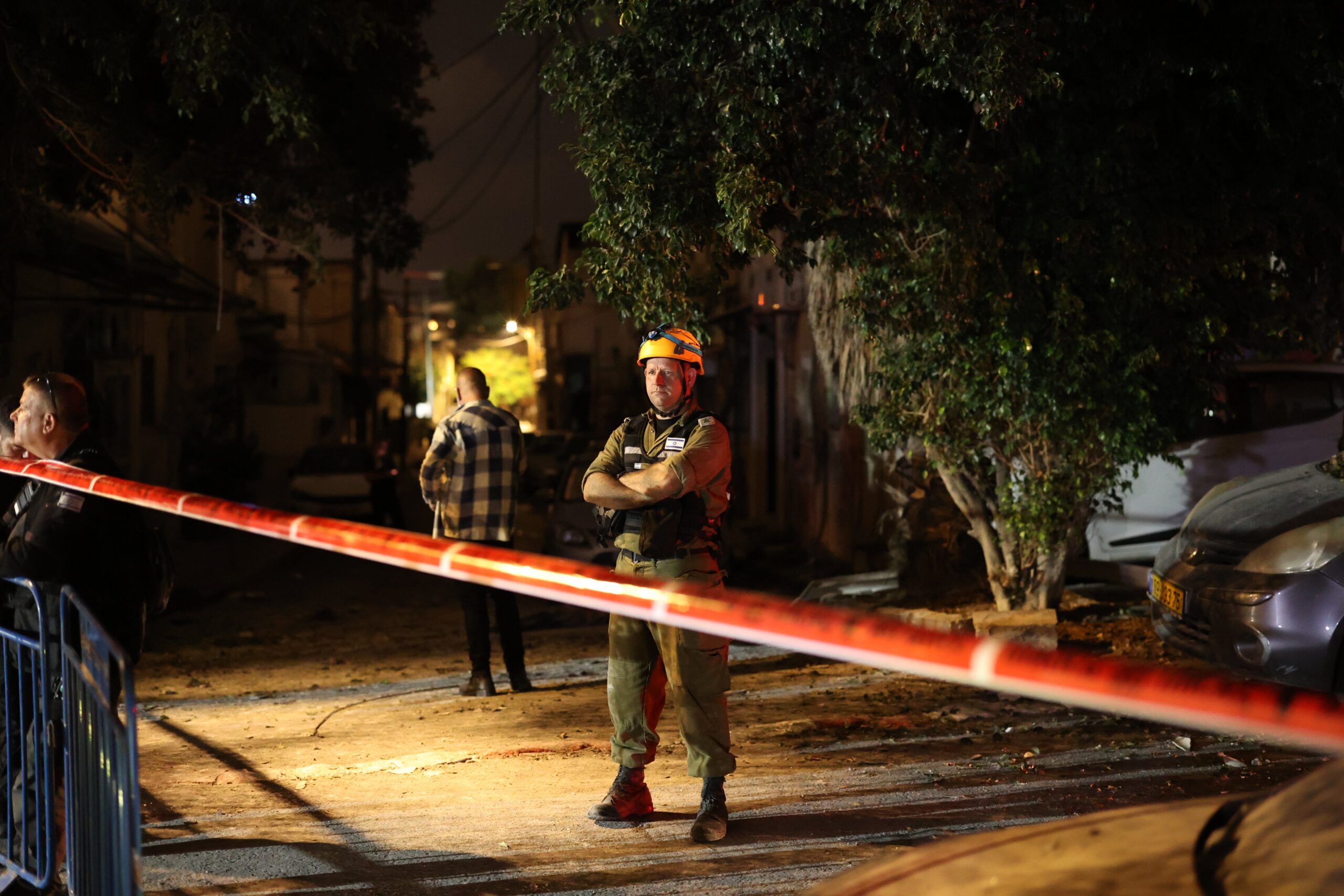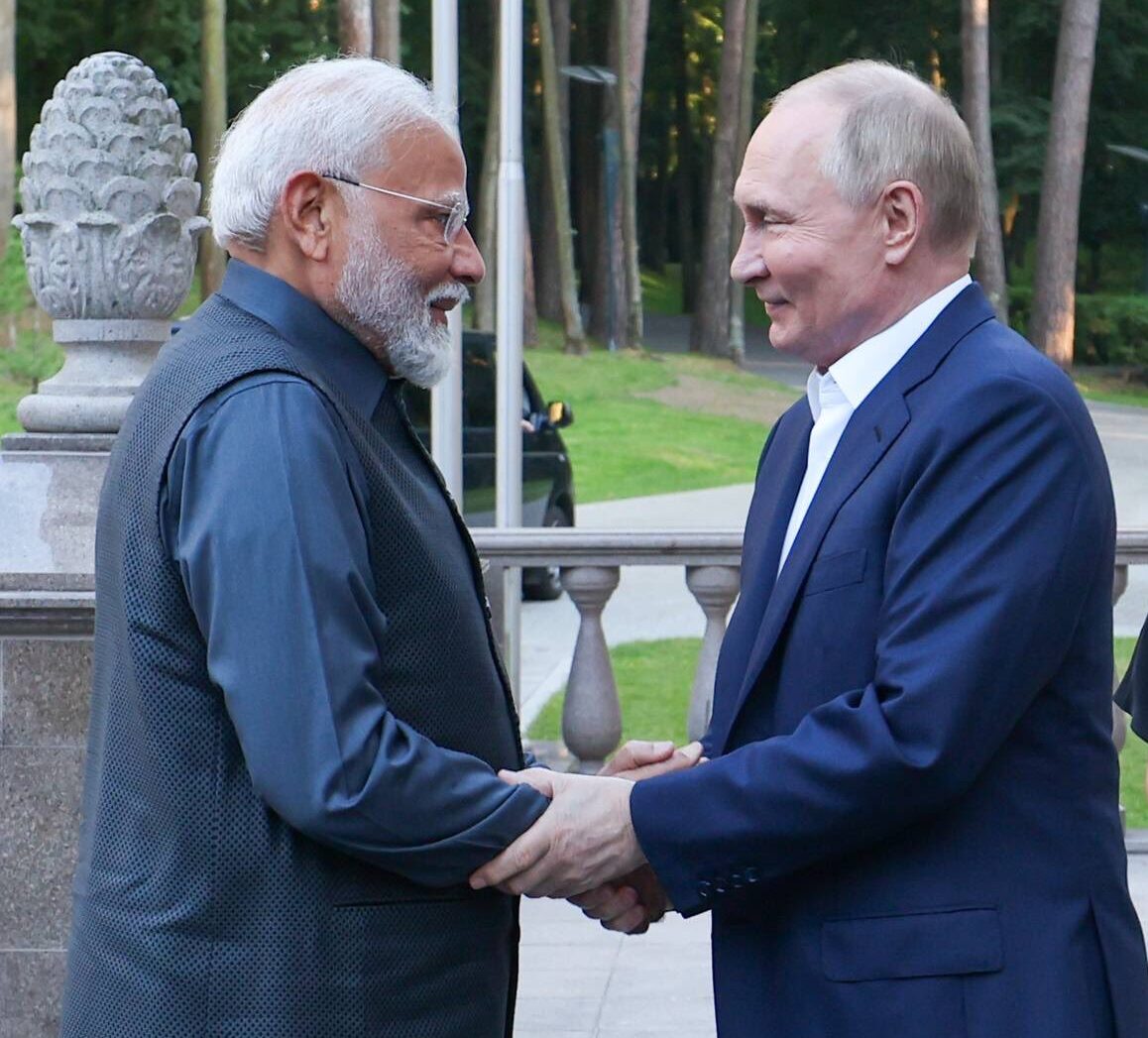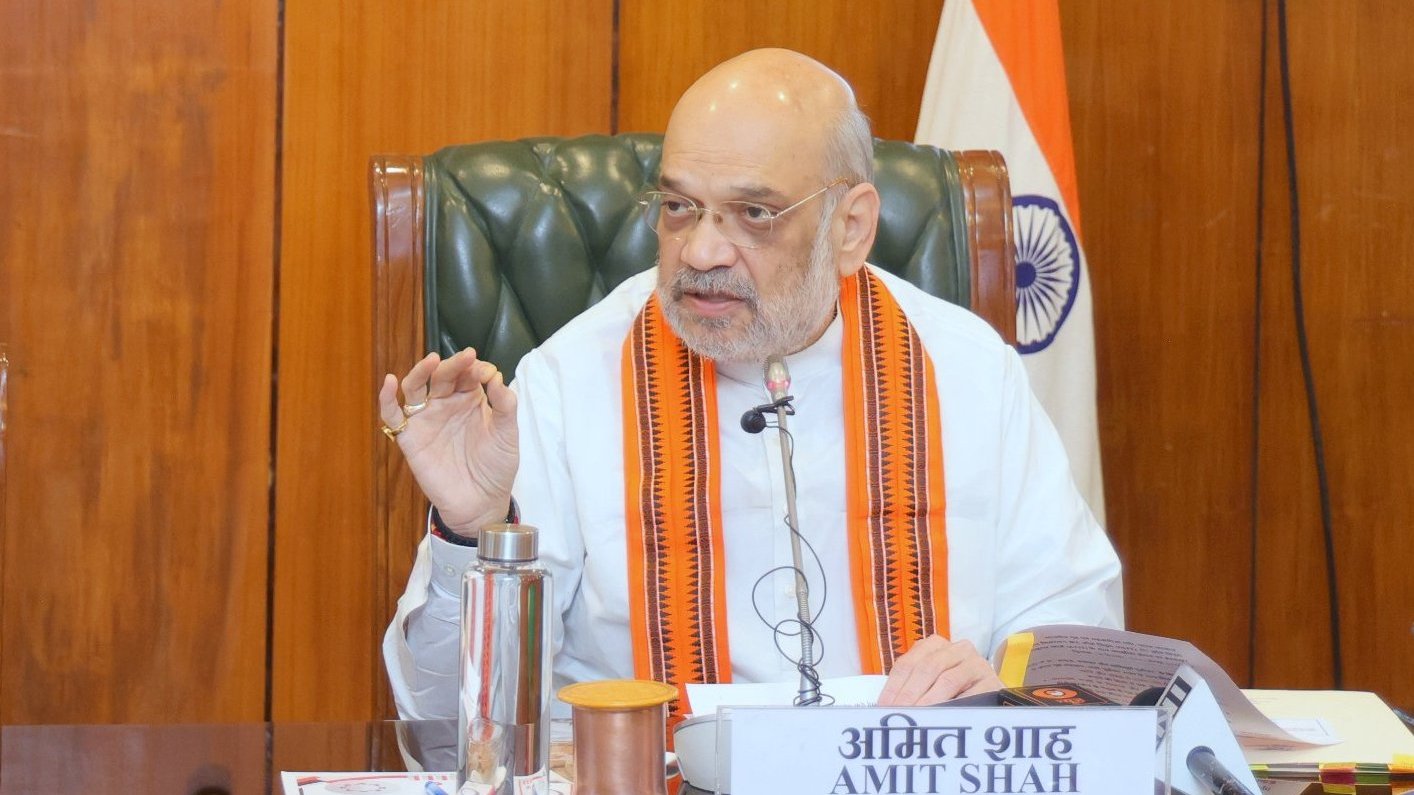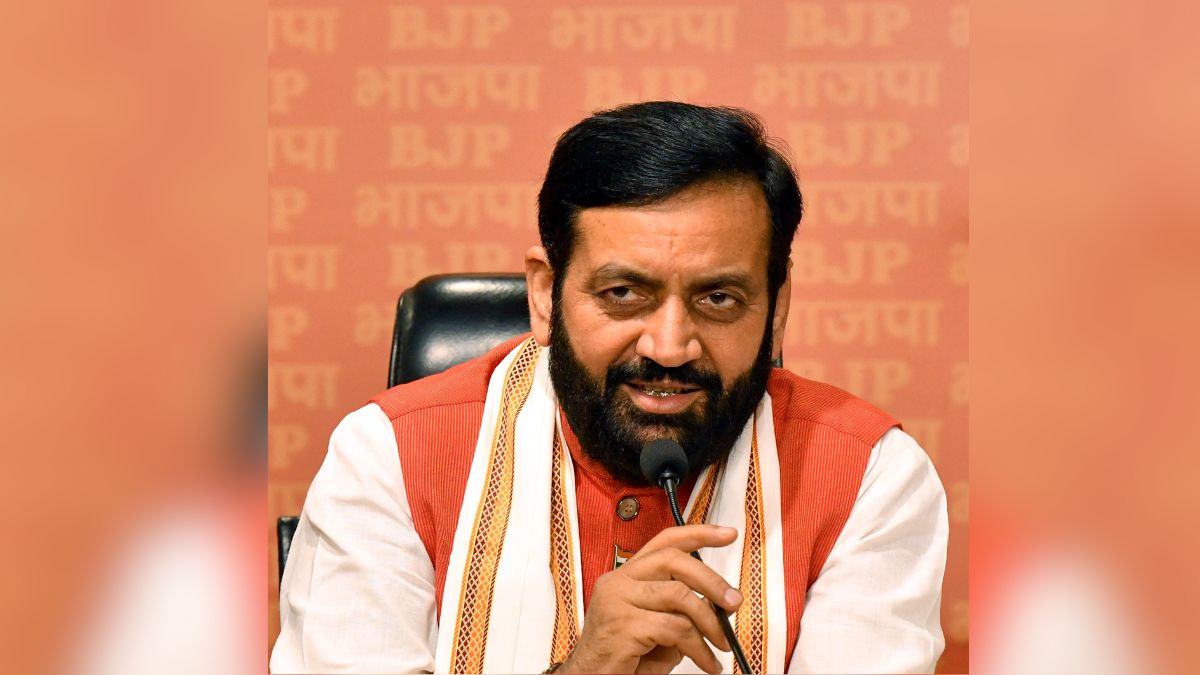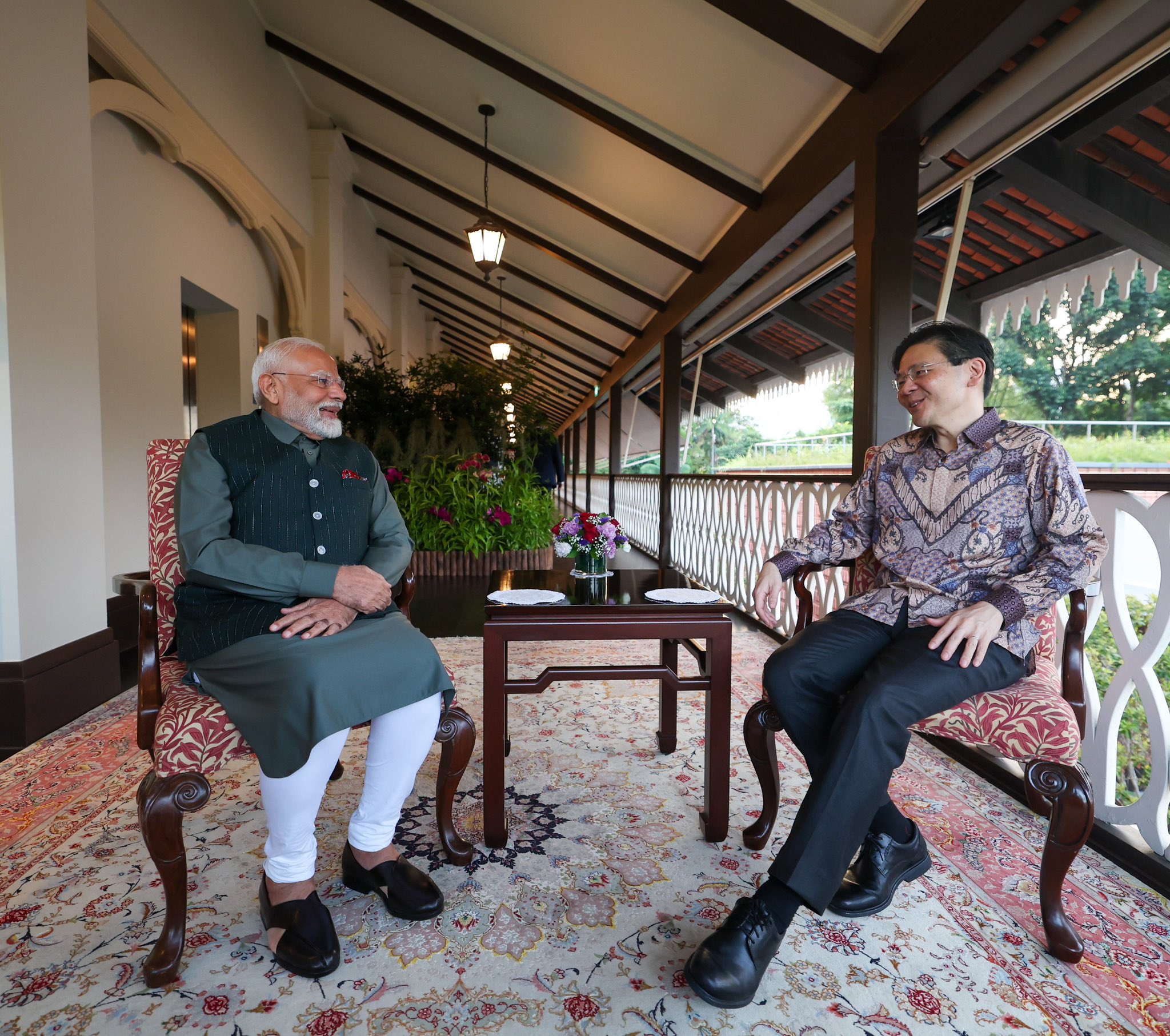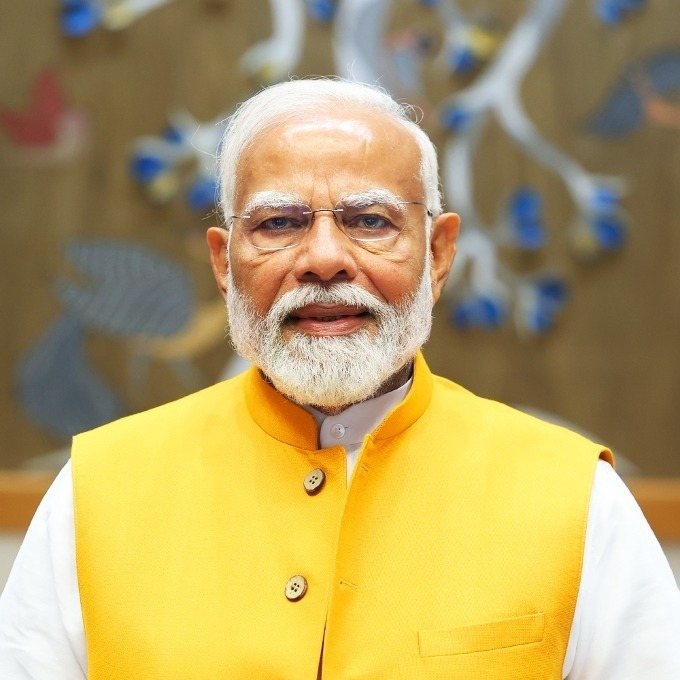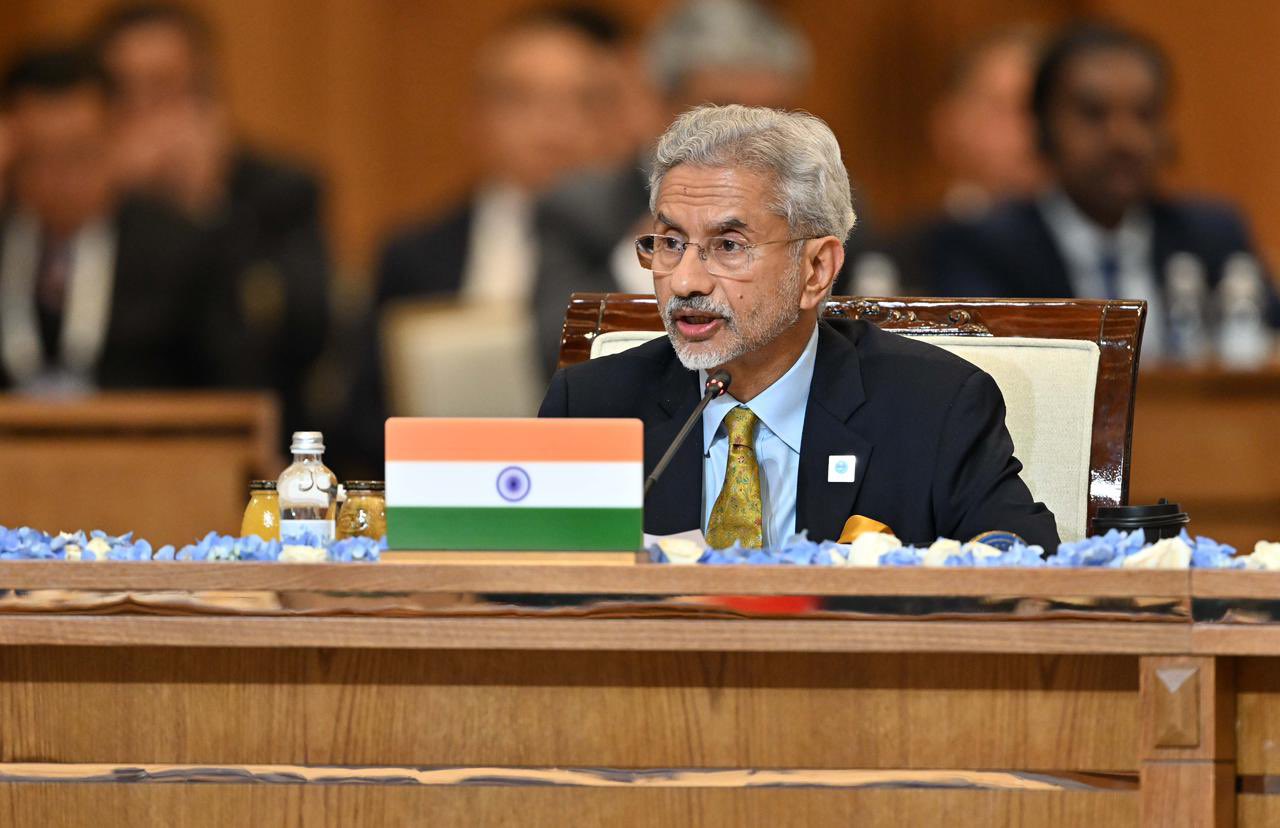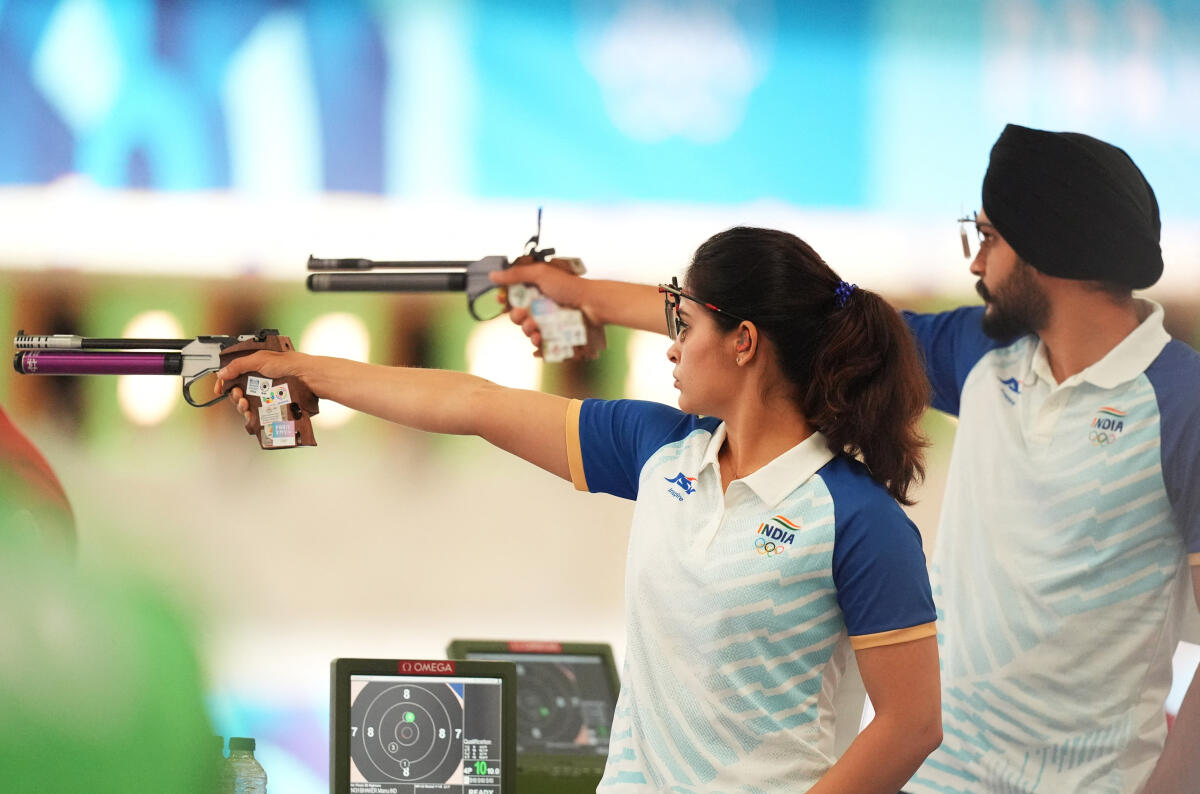On August 16, 2024, the Indian Space Research Organisation (ISRO) marked another milestone in space exploration with the successful launch of the EOS-08 Earth Observation Satellite. The satellite was deployed aboard the Small Satellite Launch Vehicle (SSLV)-D3 from the Satish Dhawan Space Centre in Sriharikota. This event not only demonstrates ISRO’s growing prowess in satellite deployment but also concludes the development phase of the SSLV, paving the way for its mass production and regular use in future missions.
SSLV-D3 Launch Overview
The SSLV-D3 lifted off at precisely 9:17 AM from the first launch pad of the Satish Dhawan Space Centre. The mission, which was the third and final developmental flight for the SSLV, was a crucial test for the vehicle’s capabilities. Seventeen minutes after liftoff, the EOS-08 satellite was successfully injected into its intended orbit—a 475 km circular low Earth orbit (LEO)—demonstrating the precision and reliability of the SSLV.
Mission Success and ISRO’s Achievement
ISRO Chairman, S Somanath, proudly announced the success of the SSLV-D3 mission, confirming that the rocket had placed the satellite into a “very precise orbit” as planned. He highlighted the lack of deviations during the injection process, indicating that the mission was executed flawlessly. This successful mission has enabled ISRO to declare the development of the SSLV complete.
“We are now in the process of transferring the technology of the SSLV to the industry for serial production and launches,” said Mr. Somanath, signaling a significant advancement in ISRO’s capabilities. The SSLV’s success is seen as a “great beginning” for India’s ambitions in the small satellite launch market, offering a reliable and cost-effective solution for launching a variety of payloads into space.
EOS-08 Satellite: A Technological Marvel
The EOS-08 satellite, launched aboard the SSLV-D3, is a first-of-its-kind mission built on ISRO’s Microsat/IMS-1 bus. This innovative satellite carries a suite of advanced payloads designed for Earth observation, with capabilities that extend into infrared (IR) range imaging, Global Navigation Satellite System-Reflectometry (GNSS-R), and ultraviolet (UV) monitoring.
Key Technologies and Payloads
1. Electro Optical Infrared Payload (EOIR):
- The EOIR payload is equipped to image in both the Mid-Wave IR (MIR) band and the Long Wave IR (LWIR) band. This allows for comprehensive day and night observation, supporting applications such as satellite-based surveillance, disaster monitoring, environmental assessments, fire detection, volcanic activity monitoring, and industrial disaster response.
2. Global Navigation Satellite System-Reflectometry (GNSS-R) Payload:T
- he GNSS-R payload is a pioneering technology that uses reflected signals from GNSS satellites for remote sensing. This can be utilized for various applications including ocean surface wind mapping, soil moisture detection, cryosphere studies over the Himalayan region, flood detection, and monitoring of inland water bodies.
3. SiC UV Dosimeter:T
- he SiC UV Dosimeter is another advanced payload aboard EOS-08. It is designed to monitor UV irradiance at the viewport of the Crew Module in the upcoming Gaganyaan Mission. Additionally, it can serve as a high-dose alarm sensor for UV radiation, contributing to astronaut safety and mission success.
Innovative Satellite Mainframe Systems
EOS-08 also carries a host of new technology developments in its mainframe systems. These include an Integrated Avionics system—encompassing Communication, Baseband, Storage, and Positioning (CBSP) Package. The satellite’s structural panel is embedded with a Printed Circuit Board (PCB), and it features an embedded battery, Micro-Dual Gimbal Antenna (DGA), Micro-Phased Array Antenna (M-PAA), flexible solar panels, and a Nano star sensor. These advancements enable the satellite to perform a variety of tasks with enhanced efficiency and reliability.
Mission Profile and Satellite Specifications
The EOS-08 satellite is configured to operate in a circular low Earth orbit at an altitude of 475 km with an inclination of 37.4°. It has a mission life of one year, during which it will carry out Earth observation tasks that are critical to various scientific and practical applications.
Alongside EOS-08, the SSLV-D3 mission also carried the SR-0 DEMOSAT developed by Space Kidz India. This payload was successfully placed in the intended orbit, showcasing SSLV’s capability to launch multiple payloads in a single mission.
SSLV: A Game-Changer for Small Satellite Launches
The SSLV is a versatile and cost-effective launch vehicle, designed to meet the growing demand for launching small satellites. Capable of launching mini, micro, or nano satellites (weighing between 10 to 500 kg) into a 500 km planar orbit, SSLV is set to play a key role in the commercialization of space, particularly in the booming small satellite sector.
SSLV is a three-stage vehicle, with all three stages powered by solid propulsion. It also features a liquid propulsion-based Velocity Trimming Module (VTM) for the terminal stage, ensuring precision in placing satellites into their designated orbits.
A New Era for ISRO and India’s Space Program
The successful launch of EOS-08 aboard SSLV-D3 marks the beginning of a new chapter in ISRO’s illustrious history. With the development phase of the SSLV now complete, ISRO is poised to enter the next phase of space exploration—commercial satellite launches on a larger scale. The transfer of SSLV technology to the industry will further bolster India’s position in the global space market, making it a key player in the small satellite launch sector.
ISRO’s commitment to innovation and excellence continues to drive the organization forward, as it opens new frontiers in space technology and exploration. The EOS-08 mission not only enhances India’s Earth observation capabilities but also sets the stage for future missions that will benefit science, technology, and humanity as a whole.
This mission serves as a testament to ISRO’s ability to develop, test, and deploy cutting-edge technology in record time, further solidifying its status as one of the world’s leading space agencies.




